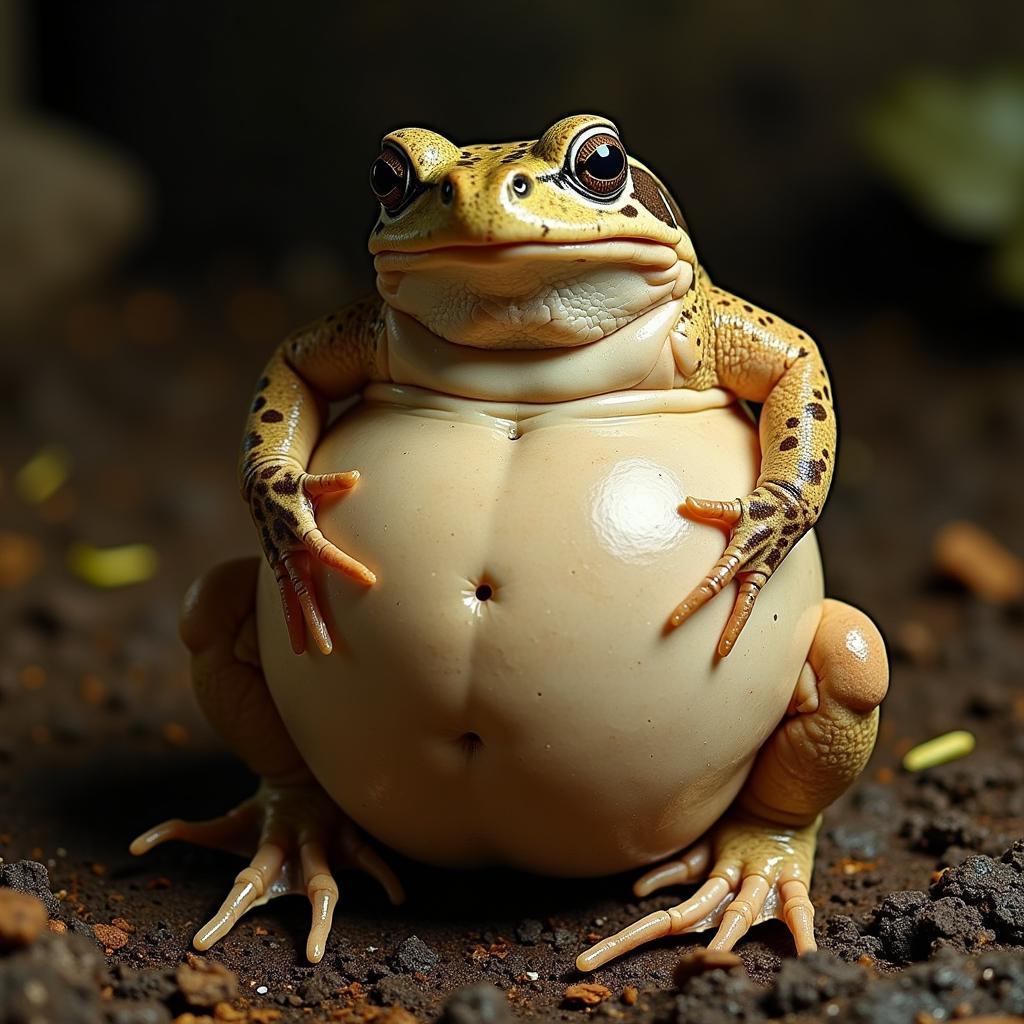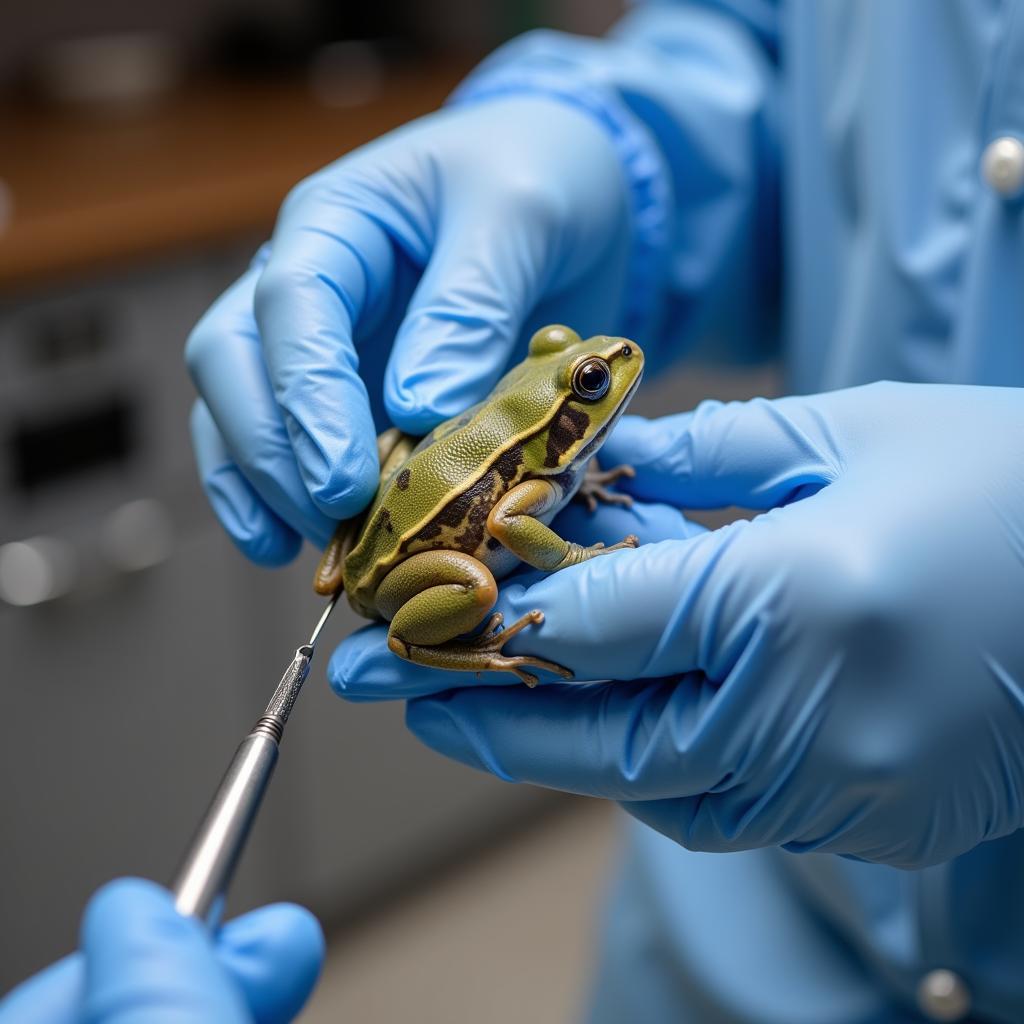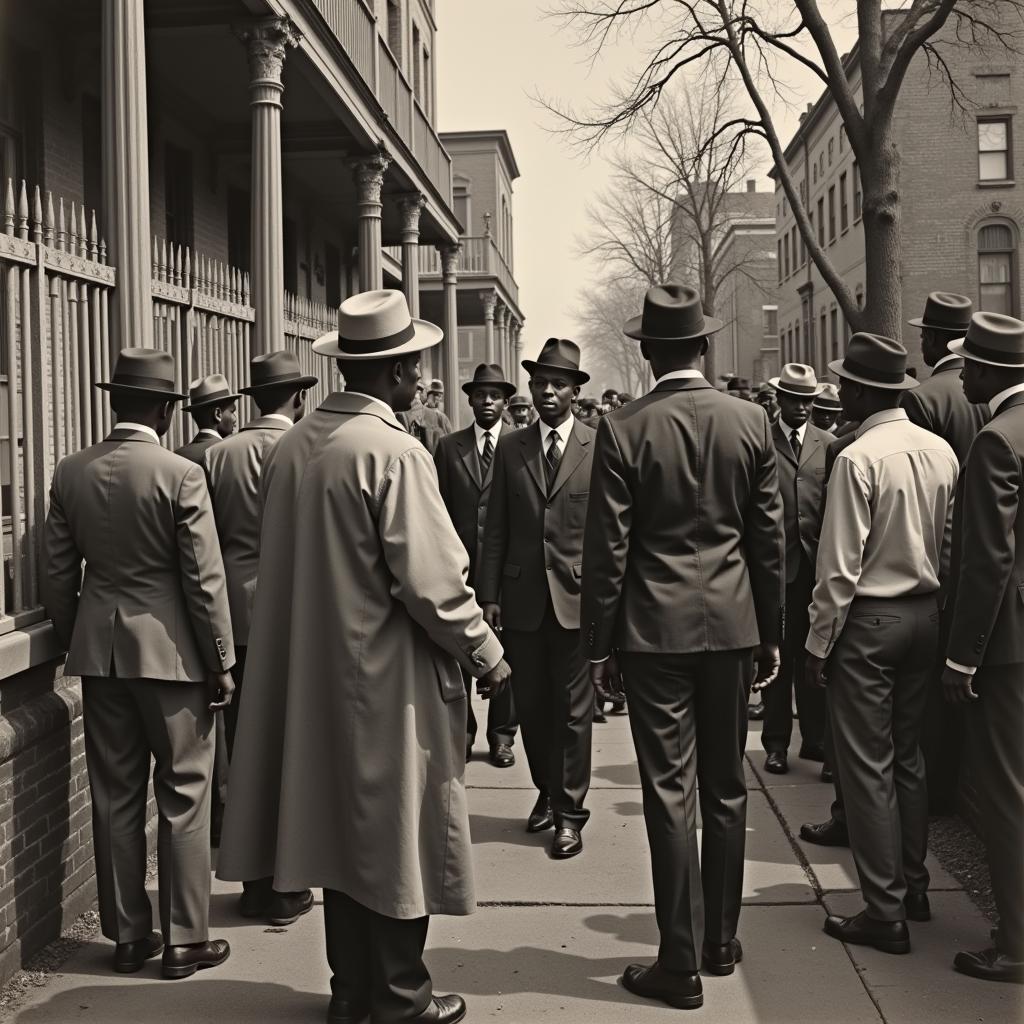African Dwarf Frog Pregnant or Dropsy?
Is your African dwarf frog looking a bit rounder than usual? While a plump frog might seem healthy, sudden changes in body shape can be a cause for concern. It’s crucial for African dwarf frog owners to distinguish between pregnancy and a potentially fatal condition called dropsy. This article will guide you through the differences, symptoms, and treatments for each, empowering you to provide the best possible care for your aquatic friend.
Understanding the Difference: Pregnancy vs. Dropsy
While both pregnancy and dropsy involve abdominal swelling, their causes and implications are vastly different. Recognizing the distinction is crucial for effective treatment.
African Dwarf Frog Pregnancy: A Rare Occurrence
In the home aquarium, African dwarf frog pregnancy is quite rare. These frogs require specific conditions and hormonal stimulation to breed successfully. Unlike many other frog species, African dwarf frogs do not lay eggs. Instead, the female carries the fertilized eggs internally, and the tadpoles develop within her body before being born live.
Signs of Pregnancy in African Dwarf Frogs:
- Gradual abdominal swelling over several weeks
- Increased appetite
- More frequent basking near the surface
Important Note: If you haven’t intentionally created breeding conditions in your tank, it’s highly unlikely your frog is pregnant.
Dropsy: A Serious Health Concern
Dropsy, also known as bloat, is a symptom of an underlying health issue rather than a disease itself. It signifies fluid buildup in the frog’s body cavity, often due to organ failure, bacterial infection, or parasites.
Signs of Dropsy in African Dwarf Frogs:
- Rapid and severe abdominal swelling
- Bloated appearance, even resembling a “pine cone” shape
- Loss of appetite
- Lethargy and decreased activity
- Difficulty swimming or floating oddly
- Skin discoloration or redness
- Protruding eyes (popeye)
 African Dwarf Frog with Dropsy
African Dwarf Frog with Dropsy
Identifying the Cause: When to Seek Help
If you suspect your African dwarf frog is experiencing dropsy, it’s critical to consult a veterinarian specializing in aquatic animals immediately. Early diagnosis and treatment are essential for improving the chances of recovery.
Treating Dropsy: A Multifaceted Approach
Treating dropsy effectively requires addressing the root cause. A veterinarian will likely recommend a combination of treatments tailored to your frog’s specific needs:
- Medications: Antibiotics for bacterial infections, anti-parasitic medications for parasitic infestations, or other medications depending on the underlying cause.
- Salt Baths: Short, carefully monitored salt baths can help draw out excess fluid from the frog’s body.
- Supportive Care: Providing a stress-free environment with clean, well-oxygenated water is essential.
 Veterinarian Examining an African Dwarf Frog
Veterinarian Examining an African Dwarf Frog
Preventing Dropsy: Creating a Healthy Environment
Preventing dropsy in your African dwarf frog involves maintaining a pristine aquatic environment and providing proper care:
- Water Quality: Perform regular water changes (25% weekly) to maintain optimal water parameters:
- Temperature: 78-82°F (25-28°C)
- pH: 6.5-7.5
- Ammonia and Nitrite: 0 ppm
- Nitrate: Below 20 ppm
- Tank Size: Provide a spacious tank with a minimum of 2 gallons of water per frog.
- Filtration: Use a gentle filter to maintain water quality without creating strong currents.
- Diet: Feed a varied diet of high-quality commercial frog food, supplemented with live or frozen foods like bloodworms and brine shrimp.
- Stress Reduction: Minimize handling and ensure a calm, quiet environment for your frog. Avoid overcrowding the tank.
A Healthy Frog is a Happy Frog
Differentiating between pregnancy and dropsy in African dwarf frogs is crucial for their well-being. While pregnancy is rare in a home aquarium setting, dropsy requires immediate attention. By understanding the signs, seeking prompt veterinary care, and providing a healthy environment, you can give your African dwarf frog the best chance at a long and happy life.
Frequently Asked Questions
1. Can African dwarf frogs change gender?
While some frog species can change gender under certain environmental conditions, there is no scientific evidence to suggest that African dwarf frogs possess this ability.
2. How long do African dwarf frogs live?
With proper care, African dwarf frogs can live for 5-7 years, and some even reach up to 10 years.
3. Are African dwarf frogs social animals?
Yes, African dwarf frogs thrive in groups. It’s best to keep them in groups of at least two or three.
4. How can I tell if my African dwarf frog is male or female?
Sexing African dwarf frogs can be challenging, but males typically develop noticeable black glands behind their front legs during the breeding season.
5. Can I treat dropsy in my African dwarf frog myself?
It’s crucial to consult a veterinarian if you suspect dropsy. While some home remedies exist, they are not a substitute for professional veterinary care and may even worsen the condition.
Need More Help?
For personalized advice and assistance with your African dwarf frog’s health, please contact us:
Phone: +255768904061
Email: kaka.mag@gmail.com
Address: Mbarali DC Mawindi, Kangaga, Tanzania.
Our dedicated team is available 24/7 to answer your questions and provide expert guidance.



